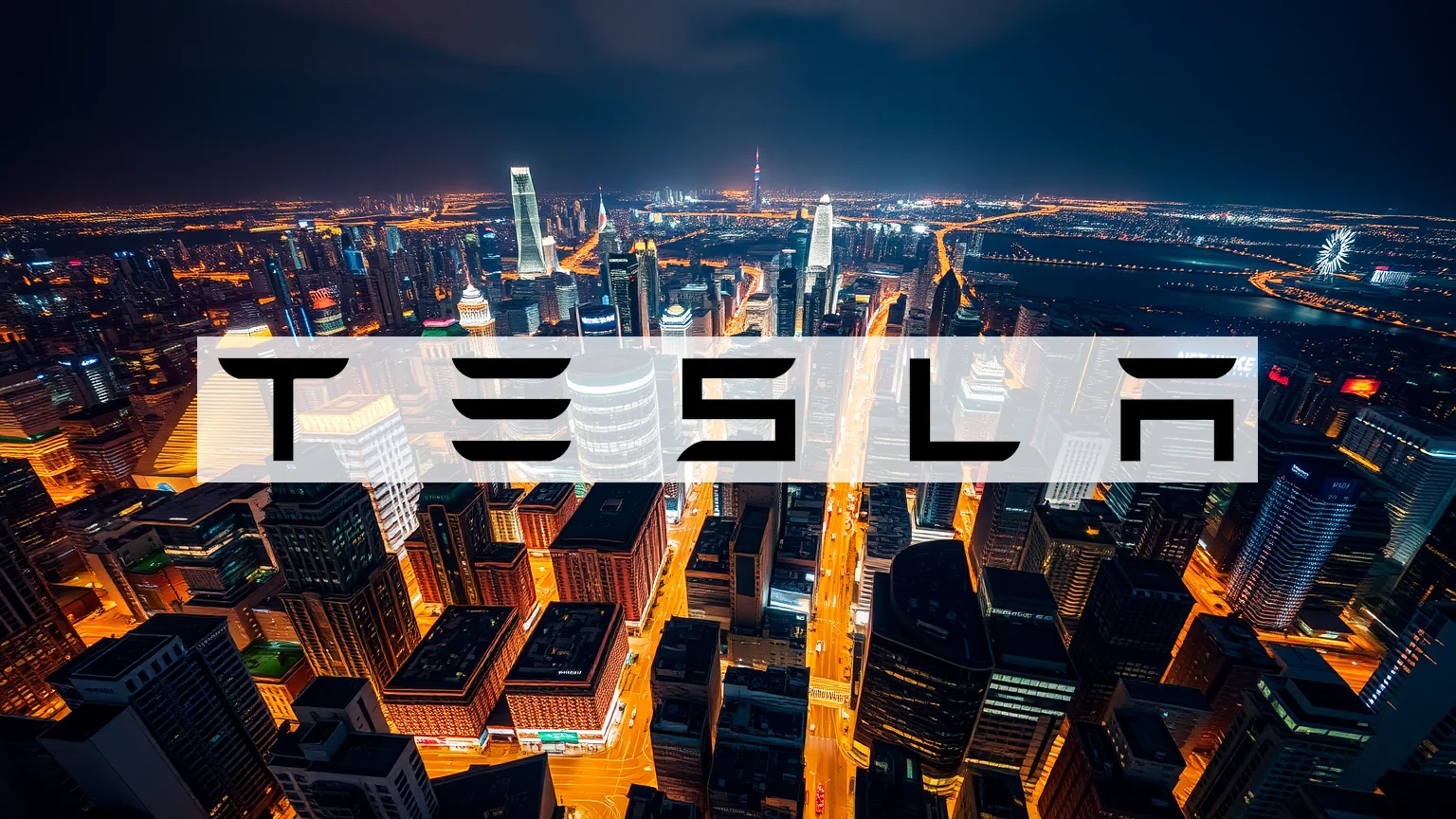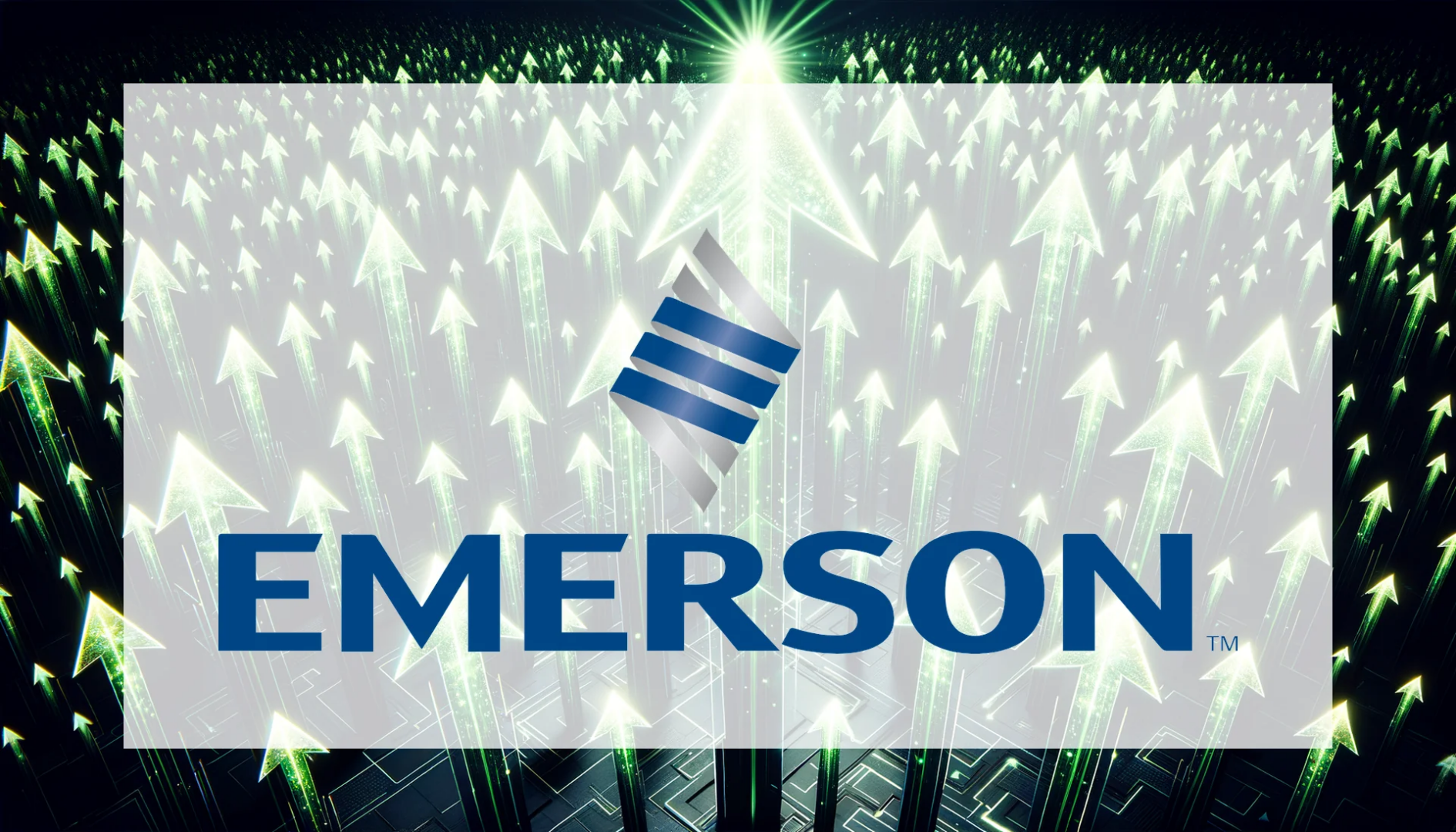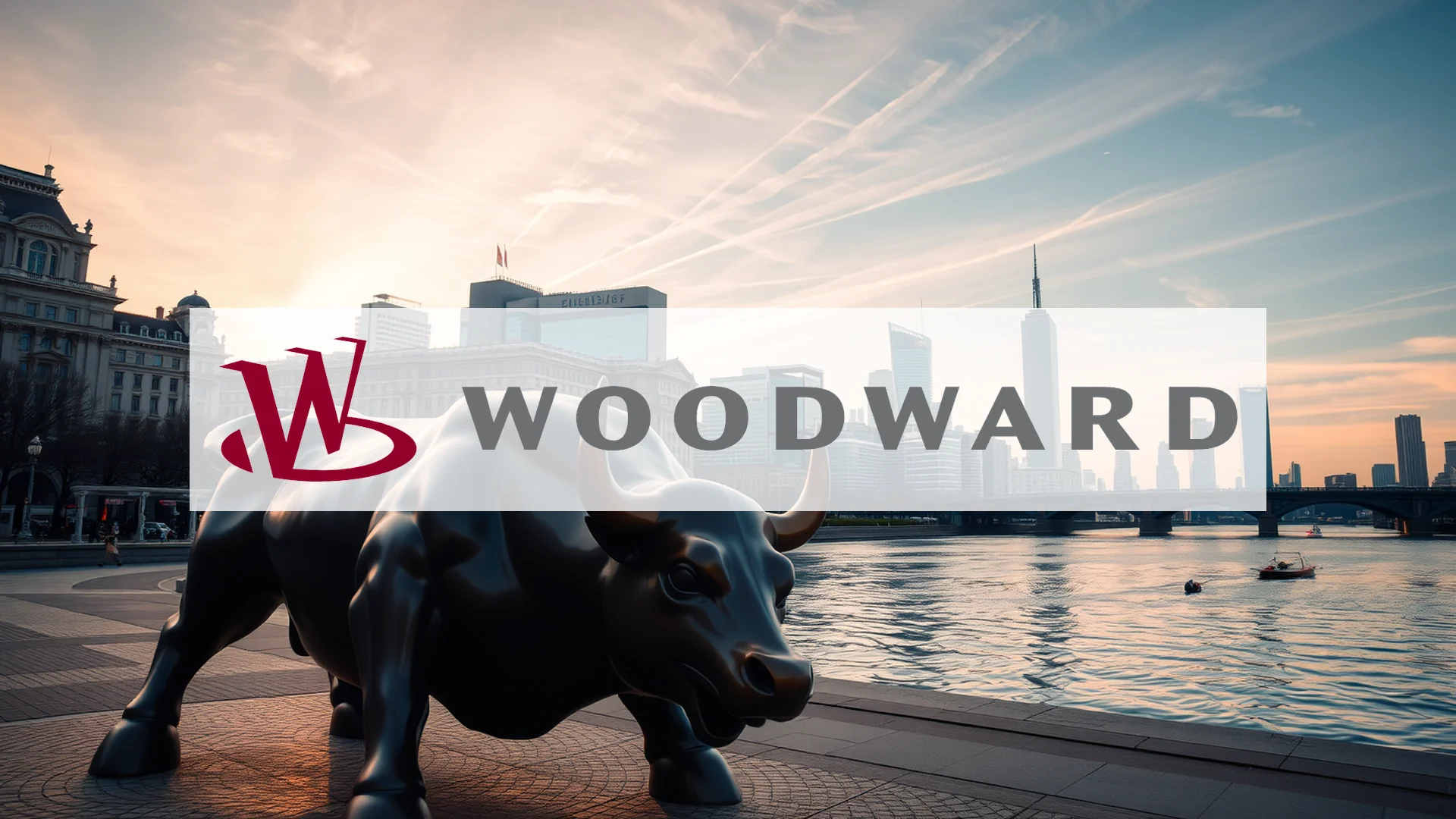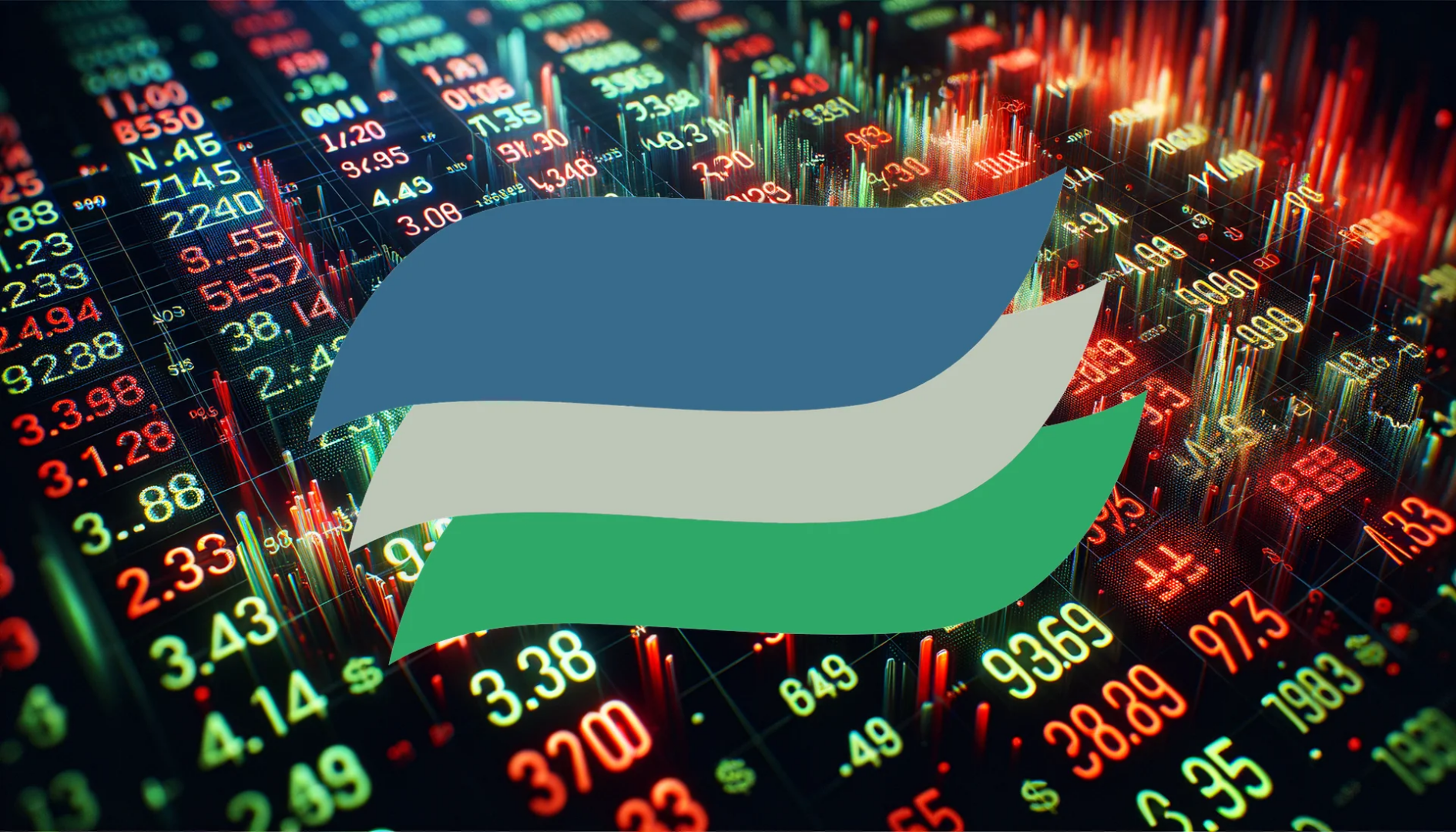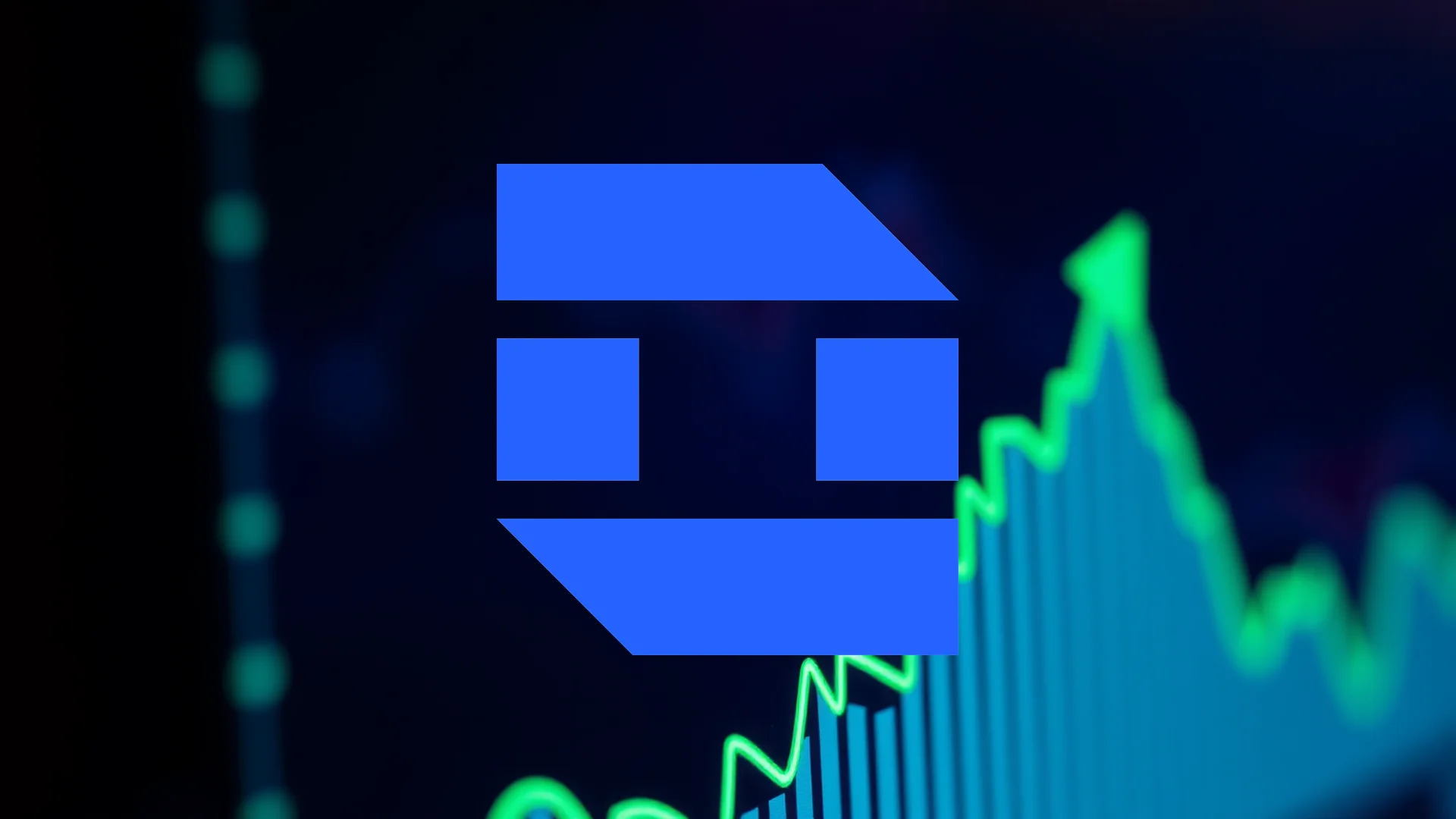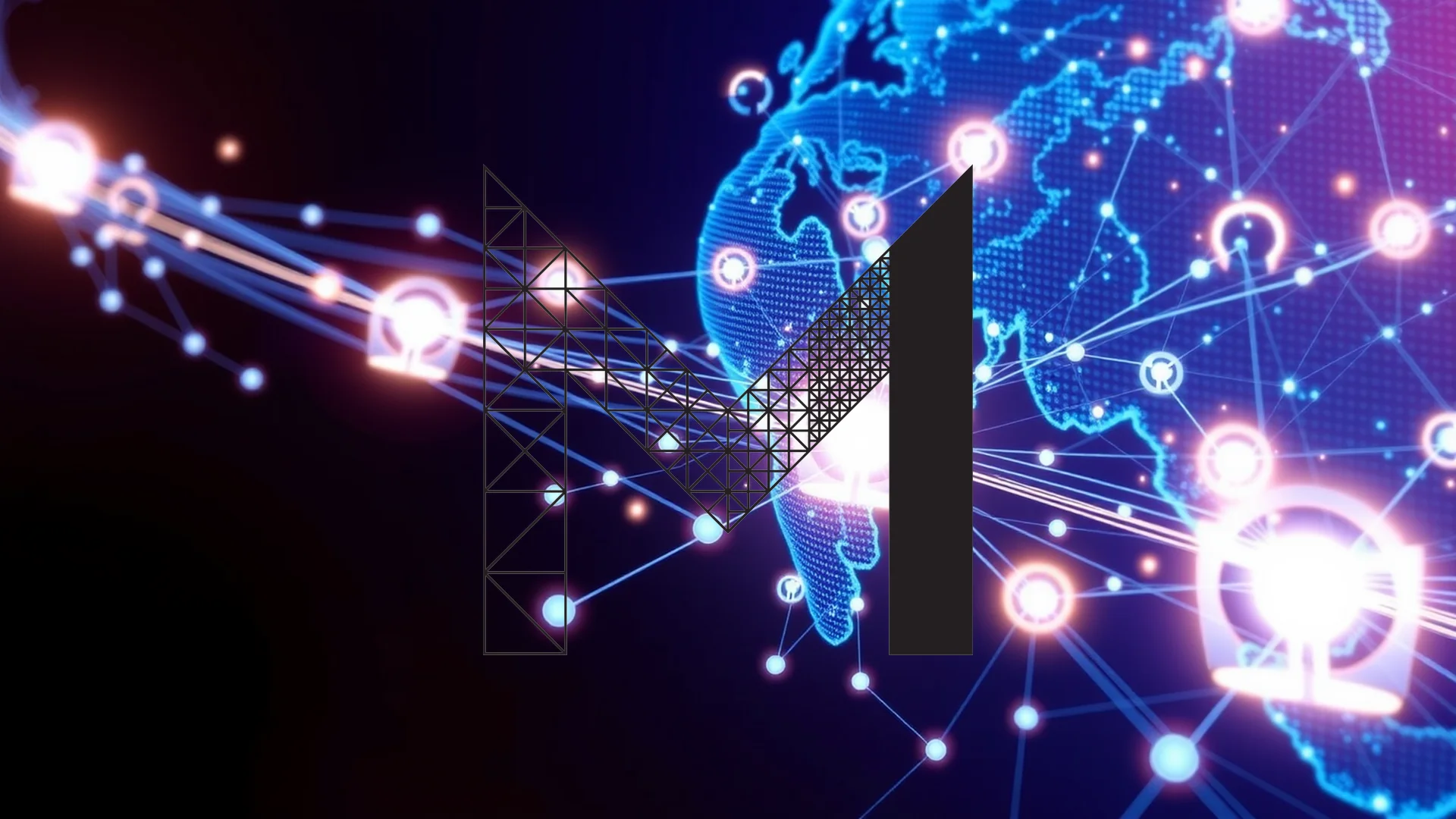Tesla is dramatically accelerating the deployment of its autonomous ride-hailing service in Austin, even as CEO Elon Musk’s pledge of widespread robotaxi availability by year-end appears increasingly ambitious. The company has executed its third major service area expansion in just two months, a period during which legal scrutiny over its Full Self-Driving (FSD) technology has intensified.
Rapid Expansion and Fleet Growth
The electric vehicle manufacturer has significantly widened the operational zone for its driver-assist taxis in the Texas capital. The coverage area has now grown from 91 square miles to 173 square miles. In a parallel move, Tesla has increased its fleet size by an estimated 50%, adding roughly 30 vehicles to its Austin-based operation.
A strategically notable development is the extension of the service area to include Tesla’s own Gigafactory Texas. This expansion marks a symbolic step in the company’s internal deployment strategy, facilitating employee access and real-world testing within its corporate ecosystem.
This aggressive scaling pace highlights a distinct contrast with established competitors. Alphabet’s Waymo, which has been operating for over a decade, has pursued a notably more gradual and cautious expansion model. Tesla’s camera-focused hardware approach, utilizing standard consumer Model Y vehicles, potentially offers a significant scalability advantage over systems relying on more expensive, specialized sensor suites.
Legal Hurdles Intensify
Concurrent with its operational growth, Tesla faces a rising tide of legal challenges. A California judge recently granted class-action status to a lawsuit alleging the company misled consumers regarding the actual capabilities of its FSD system. This legal action contends that Tesla’s marketing overstated the technology’s level of autonomy.
Should investors sell immediately? Or is it worth buying Tesla?
Further complicating matters, Musk and Tesla are confronting separate investor lawsuits. These legal complaints cite safety concerns and allege potential traffic violations observed during the service’s high-profile launch event in June, putting additional pressure on the company’s autonomous driving claims.
Ambitious Timelines Meet Operational Reality
Despite these mounting challenges, Musk remains publicly committed to an extraordinarily ambitious timeline. He has reiterated the goal of making robotaxis available to half of the U.S. population by the end of 2025. To support this plan, Tesla has reportedly sought permits to operate its ride-hailing service in several key states beyond Texas, including California, Nevada, Arizona, and Florida.
However, a considerable gap persists between these announcements and the service’s current operational status. Access remains restricted to an invite-only user base, all vehicles operate with safety drivers behind the wheel, and pricing is capped at a fixed rate of $4.20 per trip.
The central debate is no longer about whether Tesla will continue its expansion, but rather if it can execute quickly enough to fulfill its CEO’s promises. A critical question remains whether the underlying FSD technology can mature sufficiently to overcome both its technical limitations and its growing list of legal complications.
Ad
Tesla Stock: Buy or Sell?! New Tesla Analysis from December 19 delivers the answer:
The latest Tesla figures speak for themselves: Urgent action needed for Tesla investors. Is it worth buying or should you sell? Find out what to do now in the current free analysis from December 19.
Tesla: Buy or sell? Read more here...

